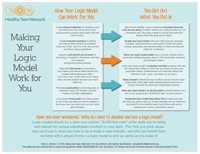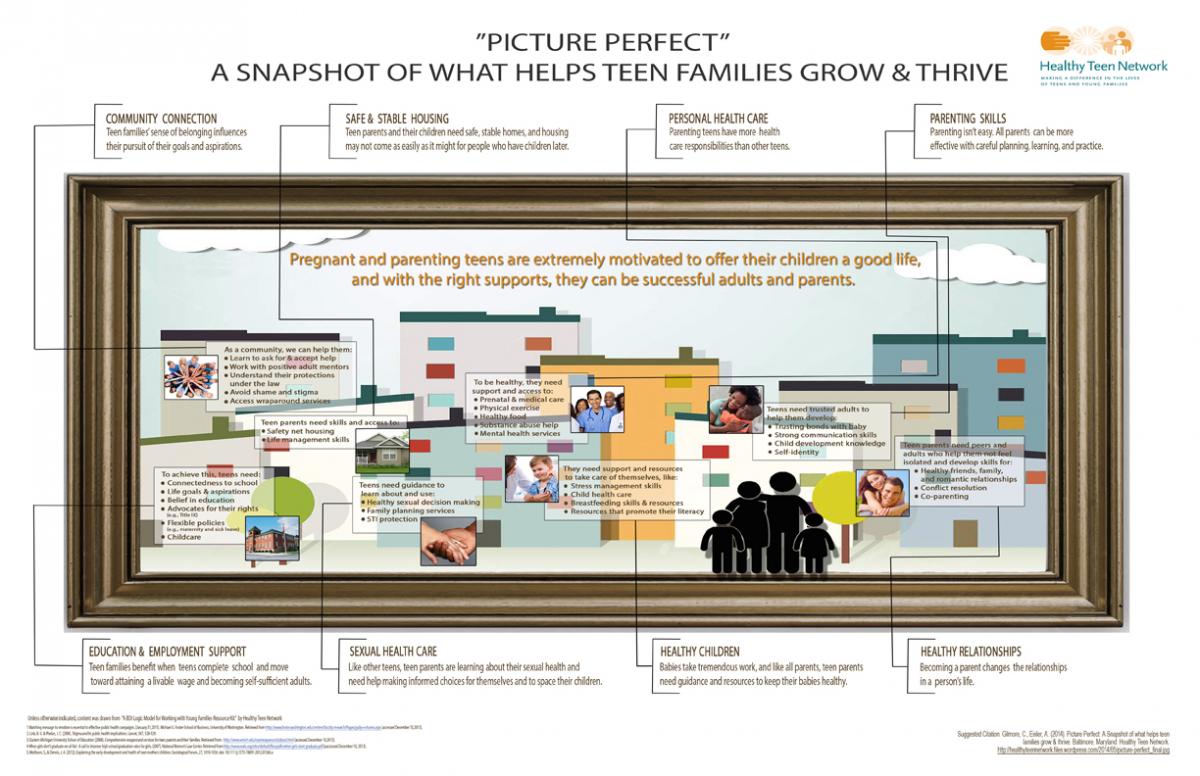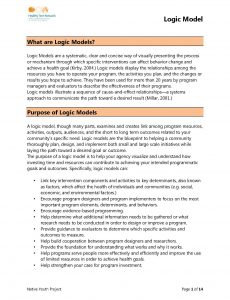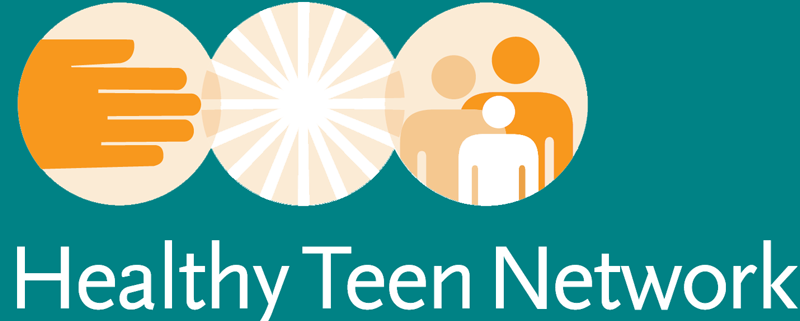Notice: Undefined index: desc in /var/www/html/wp-content/themes/JointsWP-CSS-master/tag.php on line 36
Notice: Undefined index: asc in /var/www/html/wp-content/themes/JointsWP-CSS-master/tag.php on line 38
Sort By Date |
Sort By Title
Using a Logic Model to Support Your Programs
October 8, 2014
Have you ever wondered, “Why do I need to develop and use a logic model?” Logic models should be a clear and concise “10,000 foot view” of the work you’re doing and relevant for various stakeholders involved in your work. The trick is to think about how you’ll use it, what you have to…
Read moreMaking Your Logic Model Work for You

This one-page resource examines the ways a logic model supports your programming from start to finish and at various levels of your organization.
Read moreTip Sheet: Youth 360°: How & Where Youth Live, Learn, & Play Matters

The Social-Ecological Health Promotion Model & Social Determinants of Health This two-page resource provides a brief overview of the interrelated spheres of health (individual, relationship, community, and society) in the Social-Ecological Health Promotion Frame and the Social Determinants of Health that influence individual behavior and health outcomes. Healthy Teen Network promotes the social-ecological health promotion…
Read moreBDI Logic Model for Working with Young Families Resource Kit
In response to a need voiced by professionals working with young families, Healthy Teen Network designed a Behavior-Determinant-Intervention (BDI) Logic Model for Working with Young Families in collaboration with various professionals in the field.
Read moreTalking Social Determinants of Health with Ralph DiClemente
October 7, 2014

Healthy Teen Network is committed to using the social-ecological health promotion frame, incorporating the social determinants of health to build collaboration beyond our field and achieve results across diverse populations, including pregnant and parenting teens. But what are the social determinants of health and how do they affect adolescent sexual and reproductive health? Recently I…
Read moreTeen Birth Rates Down: Let’s Continue this Trend by Addressing Social Determinants
Friday, September 6, 2013, the Centers for Disease Control’s (CDC) National Center for Health Statistics (NCHS) released preliminary birth data for 2012. State-specific data tables are also available. Some key highlights from the CDC NCHS report on preliminary birth data for 2012[1]: Teen Birth Rates The birth rate for teens 15-19 years was down 6%…
Read moreThe Importance of an Inclusive Youth 360° Message for Adolescent Health & Well-Being
May 8, 2014
Statement from Healthy Teen Network on the Observance of the National Month to Prevent Teen Pregnancy As Healthy Teen Network participates in the 13th annual observance of the National Teen Pregnancy Prevention Month, we are encouraged by the news that rates of pregnancies and births to United States youth below age 20 have declined over…
Read morePicture Perfect: A Snapshot of What Helps Teen Families Grow & Thrive
May 7, 2014

Pregnant and parenting teens are extremely motivated to offer their children a good life, and with the right supports, they can be successful adults and parents. Healthy Teen Network’s new infographic, “Picture Perfect: A Snapshot of What Helps Teen Families Grow & Thrive,” illustrates the diverse and unique needs teen parents have with growing up and…
Read moreAre you SMART?
March 26, 2014
The first step for designing an evaluation plan is to get a comprehensive understanding of what the program is trying to achieve and with whom. SMART Objectives, as part of the program logic model, can tell us just this information. The program logic model not only lays out a plan or a map to developing…
Read moreTip Sheet: Logic Model
February 21, 2013

What is a logic model? Learn more in this tip sheet! Logic models display the relationships among the resources you have to operate your program, the activities you plan, and the changes or results you hope to achieve. They have been used for more than 20 years by program managers and evaluators to describe the…
Read more
